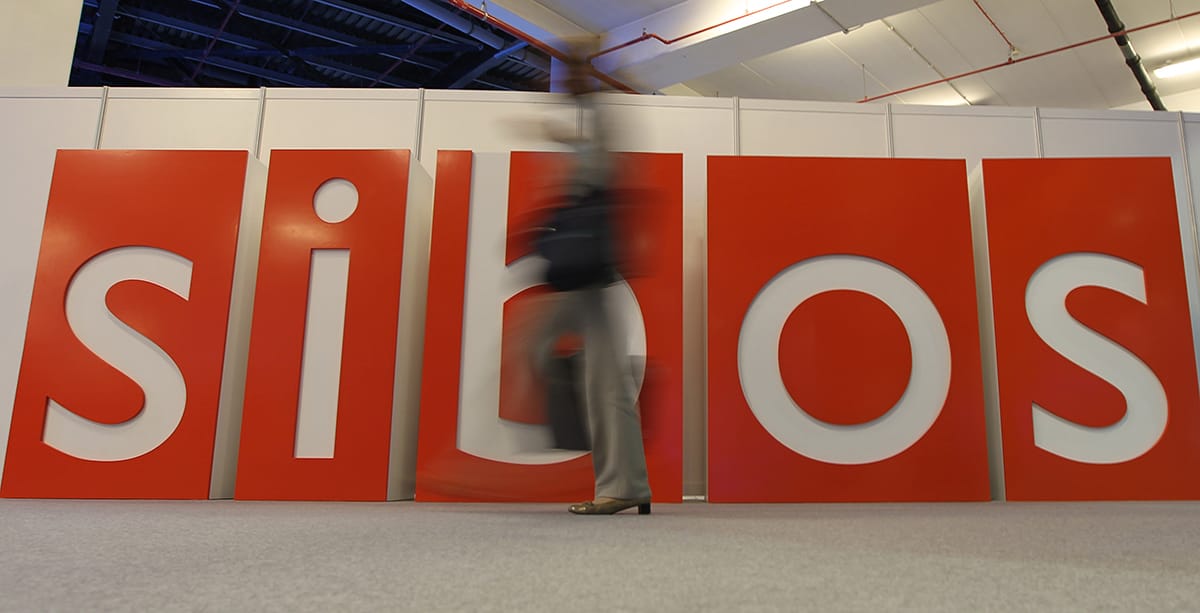Sberexpects banks of the future to be built on a multimodal architectureusing voice, touch, gestures and computer vision interchangeably for an amazing user experience.

Not many bankers would openly admit banks are “weird organizations,” never mind add “proud of it” but few think about banking the way David Rafalovsky, executive vice president and chief technology officer at Sber, does.
In fact, executives at Sber, formerly Sberbank, Russia’s oldest and biggest bank with more than 100 million customers and 3 million corporate clients, would prefer you don’t even call it a bank. “We are an e-commerce company,” Rafalovsky insisted this week at the annual Sibos conference.
Instead of talking about transactions, personal loans and mortgages, traditional types of banking services that most banks, including Sber, provide, Rafalovsky talked about its three virtual assistants, which look and behave the same across all of the bank’s channels and can follow and help customers with challenging transactions, such as recommending a soundtrack to buy if they are watching a movie.
“It’s a different way of thinking about how to help customers to make choices,” he noted, in a breakout session conversation with Wired UK founding editor David Rowan.
It doesn’t end with banking. Sber has built its own cloud-based platform, SberCloud; a self-driving car called FLIP, which it describes as the taxi of the future; and SberMarket, which helps customers order groceries. It’s all part of the bank’s ongoing reinvention as a tech services firm. Last year at about this time, it was talking about its “robot lawyer,” an AI system for checking a company’s legal status and related elements of risk, and gadgets such as SberBox, a TV streaming device, and SberPortal, a voice-recognizing smart speaker with screen. Its virtual assistants compare to Siri and Alexa.
Developing such non-bank or banking-adjacent services puts Sber in direct competition with deep-pocketed tech companies like Apple, Deliveroo, Tesla and Uber. But Rafalovsky believes the (former) bank doesn’t really have a choice: “We have to take on everybody. It is a matter of survival.”
“Name me a very profitable European banking institution,” he challenged at Sibos. “You would be hard pressed. Pure banking is a very difficult business to continue making money. We don’t see it continuing in the same form as it did in the past.”
You only have to look at the rise of embedded finance—companies embedding financial services (credit, payments, loans, insurance) within applications or product offerings at the point those services are consumed—to realize that banking and transaction services are becoming utilities. “It’s not enough to have a banking app,” Rafalovsky commented. “You need to give [the customer] something at the emotional level. While the services and advice part of financial services will survive, the transactional business will become a commodity.”
Rafalovsky expects banks of the future to be built on a multimodal architecture, using voice, touch, gestures and computer vision interchangeably to offer an amazing user experience. “We want the emotional attachment between the product and customer to be with us,” he explained. “That’s why we’ve invested in a family of virtual assistants.”
In the next five years, virtual assistants could take on an even more complete form, he said, similar to a hologram, which customers could “trust, pat and interact with.” He expects human to rely more on “a lot more assistance from various devices.”
Such a future raises important questions around data privacy and security, which Sber will leave to the market. “Every customer will decide how much data they give us based on the value and usefulness we give them,” said Rafalovsky. “If as an industry we continue to invent useful services, and in return we ask for a bit more data, customers will be willing to give us more personal data.”
So how did Sber transform itself into a tech company in such a short space of time? Ultimately, it’s a matter of company culture. “We have no separation of IT and the business. IT is the business,” Rafalovsky explained. “We did not declare ourselves a technology company and did nothing. We build technology.”
“And our engineers are very excited to be in this environment,” he added.



